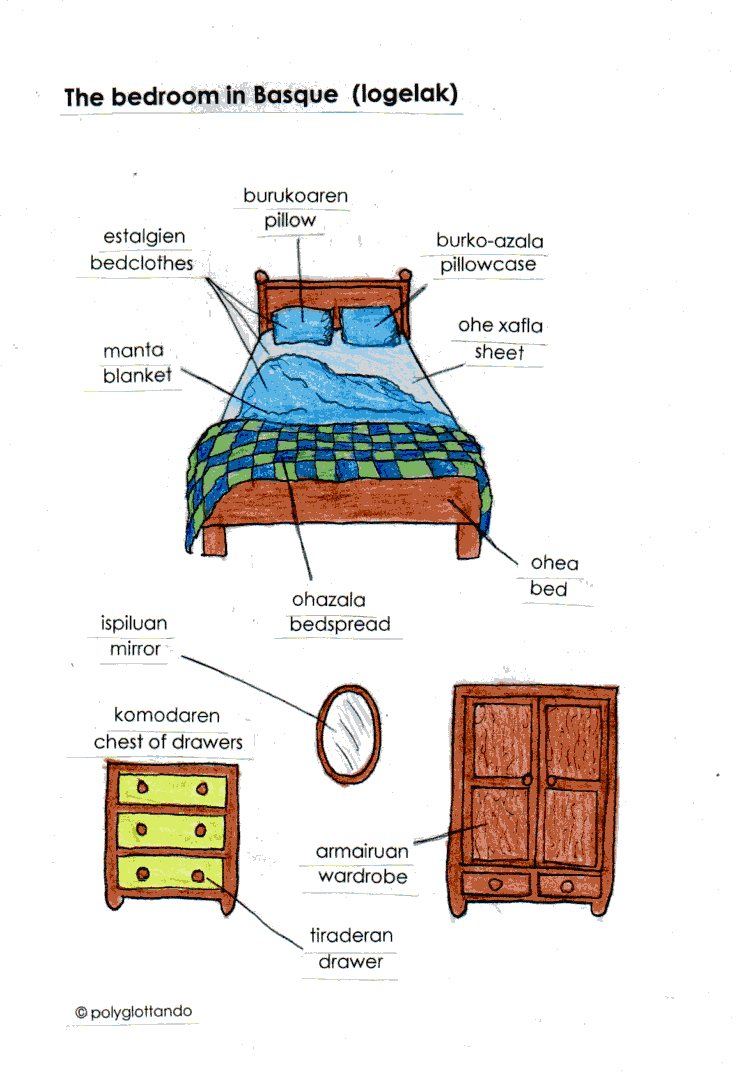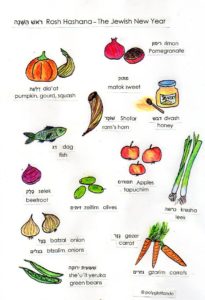This week’s blog post is taking us to Israel and to the Jewish diaspora again and we are going to look at the vocabulary related to the Jewish New Year, Rosh Hashana ראש השנה, which was celebrated this week, and the foods that are usually eaten on this holiday (these vary depending on the country of origin).
Tag Archives: language resources
Vocabulary: The Environment in Norwegian, Danish and Swedish
Today’s blog post will take us to Scandinavia, and to some thematic vocabulary about a topic of current importance, namely the environment, in Swedish, Danish and Norwegian.
Norwegian/Norsk
Miljøet = the environment
globale oppvarming = global warming
Klimaendringen = climate change
Drivhuseffekten = Greenhouse Effect
utslipp av karbondioksid = carbon dioxide emissions
drivhusgasser = greenhouse gases
havnivåstigningen/ Havnivåendring = sea level rise
økosystemet = ecosystem
biologisk mangfoldet = biodiversity
en truet art = a threatened species
ørkendannelse = desertification
en regnskog = rainforest
avskogningen = deforestation
forurensningen = pollution
sur nedbør = acid rain
holdbar = sustainable
fornybar = renewable
fornybar energy = renewable energy
bærekraft = sustainability
Danish/Dansk
Miljøet = the environment
global opvarmning = global warming
Klimaændringen = climate change
Drivhuseffekten = Greenhouse Effect
Kuldioxidudslippet = carbon dioxide emissions
Drivhusgasser = greenhouse gases
stigende vandstand i havene = sea level rise
økosystemet = ecosystem
biodiversitet = biodiversity
en truet art = a threatened species
ørkendannelse = desertification
en regnskov = rainforest
skovrydningen = deforestation
forureningen = pollution
syreregn = acid rain
bæredygtig = sustainable
Vedvarende = renewable
vedvarende energi = renewable energy
bæredygtighed = sustainability
Swedish/Svenska
Miljön = the environment
Global uppvärmning = global warming
Klimatförändringen = climate change
Växthuseffekten = Greenhouse Effect
Koldioxidutsläppet = carbon dioxide emissions
Växthusgaser = greenhouse gases
höjning av havsnivån/havsnivåhöjning = sea level rise
ekosystemet = ecosystem
den biologiske mångfald = biodiversity
en hotad art = a threatened species
ökenspridningen = desertification
en regnskog = rainforest
avskogningen/skogskövlingen = deforestation
miljöförstöring = pollution
surt regn = acid rain
hållbar = sustainable
förnybar = renewable
förnybar energi = renewable energy
hållbarhet = sustainability
Vocabulary: The bedroom in Catalan and Basque
Today we continue our series of comparing vocabulary of a geographic region. We are going to Spain again, and to be more exact, to the minority languages spoken there, Catalan (Català) and Basque (Euskara). Both Catalan and Basque are also spoken in the South of France in the areas bordering Spain. Basque is an isolate language that is unrelated to any other language and it is believed to be one of the few surviving pre-Indoeuropean languages of Europe. Catalan is a Romance language and is basically a mix of both Iberian-Romance and Gallo-Romance influences, since it shares vocabulary and grammatical features with both Spanish and French.

How to achieve native-like pronunciation

The Tower of Babel, Pieter Bruegel the Elder, 1563
Today’s blog post will be about how you can achieve native-like pronunciation when learning and speaking a foreign language.
1. The first step to achieve native-like pronunciation in your target language is to get a feel for the ‘rhythm’ of your target language, i.e. for the intonation of the words in a sentence, which words are stressed and where (stress), and for the sounds of the language in general. For this, listening attentively to your target language regularly and frequently, especially when you are starting a new language, is essential. Try to imitate the pattern of the rhythm of the language as closely as possible.
2. Another very important part of developing a native-like pronunciation has to do with phonetics, namely where exactly the vowels and consonants are formed in the mouth and which position your tongue is in when you pronounce a given sound in your target language. So how can you find out how to pronounce a given sound? Listen to a word, which contains a sound you have difficulty with, several times. Try to imitate the correct pronunciation of the vowel or consonant by trying to pronounce the sound with different positions of your tongue or in different areas of your mouth until you get it exactly right. Once you know the correct position of your tongue to form the sound in question, practice it until you really master the correct pronunciation of the vowel, consonant or syllable.
3. Apart from the correct pronunciation of the sounds themselves, how long the vowels and consonants are spoken also matters a lot (= vowel length and consonant length). For example, languages like Finnish or Polish have very short vowels, and when consonants or vowels are doubled, they have to be spoken much longer; likewise, Czech and Slovak have very short vowels and long vowels and these have to be clearly articulated and differentiated. By contrast, languages like English, French or German have medium-length vowels, and if you pronounced them very short, it would sound strange (to a native speaker).
So basically, native-like pronunciation can be achieved by paying attention to and practising the combination of the particular rhythm of the target language, its word stress, its phonetics and the length and ‘quality’ (e.g. aspirated or non-aspirated) of its vowels and consonants. The best way to achieve this aim is to listen to your target language(s) as often as possible, in every possible way (audio recordings, music, movies, radio, conversation) and trying to imitate what you hear. 🙂



